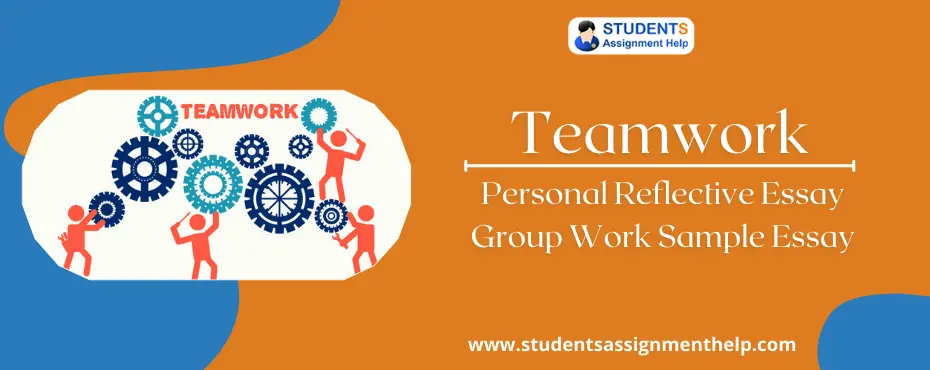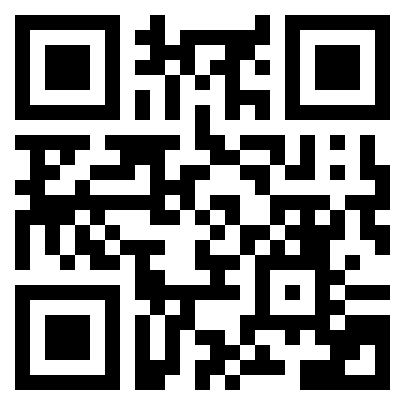Teamwork Personal Reflective Essay – Group Work Sample Essay

Personal Reflection
Description
Group working is although is vital activity, but it is critical as well as people with different thought processes and mind sets comes together and work a project with common goals and objectives. Earlier, in this module, I was frightened and not sure whether the group working will nurture my skills or not (Luoma, Hayes and Walser 2007). Group working in the module was an extremely new learning experience for me as it brought out some of my hidden skills and weaknesses, which even I was not aware. During the group project, we realised that the group need a leader, who has good leadership qualities. Consequently, we selected a leader on the basis of certain leadership criteria that involves, leading and persuasive power, and ability to motivate, lead and communicate well (Bourner 2003). Flexible Rates Compatible With Everyone’s Budget
This process made me realise that giving responsibility to a person is not an easy task as individuals have conflicting nature. Previously, I thought that group working not allows people to utilise their talent in fullest (Megginson and Whitaker 2007). I was not even aware about the concept of team working, but after working in group during the module, I realised that team working ha enormous benefits. Initially we were not gelled with each other very much and were trying to maintain a good repo with another (Cameron and Green 2012).
Hire a Professional Essay & Assignment Writer for completing your Academic Assessments
In light of Tuckman’s theory, which presents the four stage of group development, it can be mentioned that my team was on the first stage that is forming. Later on, the goals and objectives were determined (Fulk, Bell and Bodie 2011). For the purpose of fulfilling my responsibilities in an adequate manner I maintained a time management plan so that I will be able to complete all activities on time and give my best in the team work. I realised that communication between me and my team members was very well because I referred the dialogue communication approach to generate two way communications. This form of communication allowed me to sustain proper coordination between me and my group members (Franz 2012).
The other substantial thing I noticed during the group work that how cultural background and beliefs, affect the real life decision making process of people. This highly astonished me about myself and others (Moon 1999). I recognised that the way of doing business is different in different cultures and the perspectives of people on women working also differs significantly. The Hofstede model has also explicated the same that how culture contours the people, management and working styles, their thought and beliefs. The group working broadens my comprehension of different cultures and I identified the prominence of cultural attributes for business (Piepenburg 2011)
Soon, the group working entered the second stage, i.e. the storming stage as we decided how the things in the group will be managed. Every group member was clear about their responsibilities, but differences also surfaced at this stage. The diversified nature of group members results in contradictory situations, where some members were not serious about their group tasks. Some members were conflicting and aggressive and do not want to work in cooperation with other people (Johnson 2009).
Interpretation
Besides this, I want to add that part from my learning and development; I found significant difference in other members, as well. I realised that other members were also changing during the group. Group members who were introvert at the starting of the group activity, changed radically and they soon started participating in activities in an active manner (Luoma, Hayes and Walser 2007). This observation made me realised the fact how this group activity is assisting other members in gaining different skills and knowledge and this group activity is also nurturing their personality in an extensive manner (Winstanely 2007).
In this regard, it is notable that group activity during the module improved the personality of people who were conflicting and less attentive towards tasks. This brings out the relevance of social interdependence theory, which specifies how attainment of each individual’s goal is affected by the actions of other group members. A positive interdependence occurred in the group activity as group members alleged that goals can be attained on if everyone will work in cooperation (Tjosvold, et al. 2003).
Buy high-quality essays & assignment writing as per particular university, high school or college by UK, USA & Australian Writers
Cooperation in the group was brought by mutual assistance and exchange of resources amongst one another. Therefore, the group activity reached at the stage of norming when group members were together and realised each other’s responsibility. Things were much clear now and the group had a sense of togetherness. The group was combined to generate synergy and was at the performing stage. People were now working effectively in the group for common goals and objectives (Stanne, Johnson and Johnson 1999).
I undertook a self assessment exercise during the group working in order to improve my knowledge with respect to the development needs. I formulated number of self judgements numerous self judgments during the group activity. I referred numerous online questionnaires and indulged myself into communication with other group members so that I could enhance me learning in the group activity (Fulk, Bell and Bodie 2011).
Outcome
The prime learning outcome of the group activity is the self confidence, which I gained along with the awareness of different self development needs. The group activity made me realise that I have become more confident in taking decisions, working with other people and communicating with strangers (Caproni 2012). After the self assessment activity, I realised that I have to acquire leadership traits, in order to take decisions for the whole team. I also recognised that my engaging with others competency is weak. It is noteworthy that cultural awareness is the prominent business tool, which aids in increasing workplace harmony.
I realised that I have to develop my ability to work with people of different cultures and thoughts. The best thing, I liked about the group was that it taught everyone to work with cooperation and made us realise that how cooperation in group working can bring wonders. However, the least liked thing about the group was the aggressive behaviour of some people, which sometimes made things difficult. This group learning will be immensely helpful for my future endeavours as I want to become a human resource manager and learning’s like self confidence, cultural awareness will aid me to manage workforce in a better manner in the future (Wunderle 2006).
Stuck with a lot of homework assignments and feeling stressed ?
Take professional academic assistance & Get 100% Plagiarism free papers
References
Bourner, T., 2003, “Assessing reflective learning”, Education & Training, 45(5), pp.267-72.
Cameron, E., & Green, M., 2012. Making Sense of Change Management: A Complete Guide to the Models Tools and Techniques of Organizational Change, 3rd ed. Kogan Page Publishers.
Caproni, P., 2012, Management Skills for Everyday Life, (3rd International Ed.) Upper Saddle River, New Jersey: Pearson.
Franz, T.,M., 2012, Group Dynamics and Team Interventions: Understanding and Improving Team Performance, John Wiley & Sons.
Fulk, H.K., Bell, R.L., and Bodie, N., 2011, Team Management by Objectives: Enhancing Developing Teams’ Performance, Journal of Management Policy and Practice, 12(3), pp. 17-26.
Johnson, J., 2009, Health Organizations: Theory, Behavior, and Development, Jones & Bartlett Learning.
Luoma, J.B., Hayes, S.C., & Walser, R.D., 2007., Learning Act: An Acceptance & Commitment Therapy Skills-Training Manual for Therapist,. New Harbinger Publications.
Megginson, D., & Whitaker, V., 2007, Continuing Professional Development, (2nd Edition) London: CIPD.
Moon, J.A., 1999, Reflection in Learning and Professional Development, Kogan Page.
Piepenburg, K., 2011, Critical Analysis of Hofstede’s Model of Cultural Dimensions: To what Extent are His Findings Reliable, Valid and Applicable to Organisations in the 21st Century?, Germany: GRIN Verlag.
Stanne, M., Johnson, D.W., & Johnson, R.T., 1999, Social Interdependence and motor performance: A meta analysis, Psychological Bulletin, 125, pp. 133-154.
Tjosvold, D., Johnson, D. W., Johnson, R. T., & Sun, H. 2003, Can interpersonal competition be constructive within organizations? Journal of Psychology, 137, pp. 63–84.
Winstanely, D., 2007, Personal Effectiveness, London: CIPD
Wunderle, W.D., 2006, Through the Lens of Cultural Awareness: A Primer for US Armed Forces Deploying to Arab and Middle Eastern Countries, Government Printing Office.

